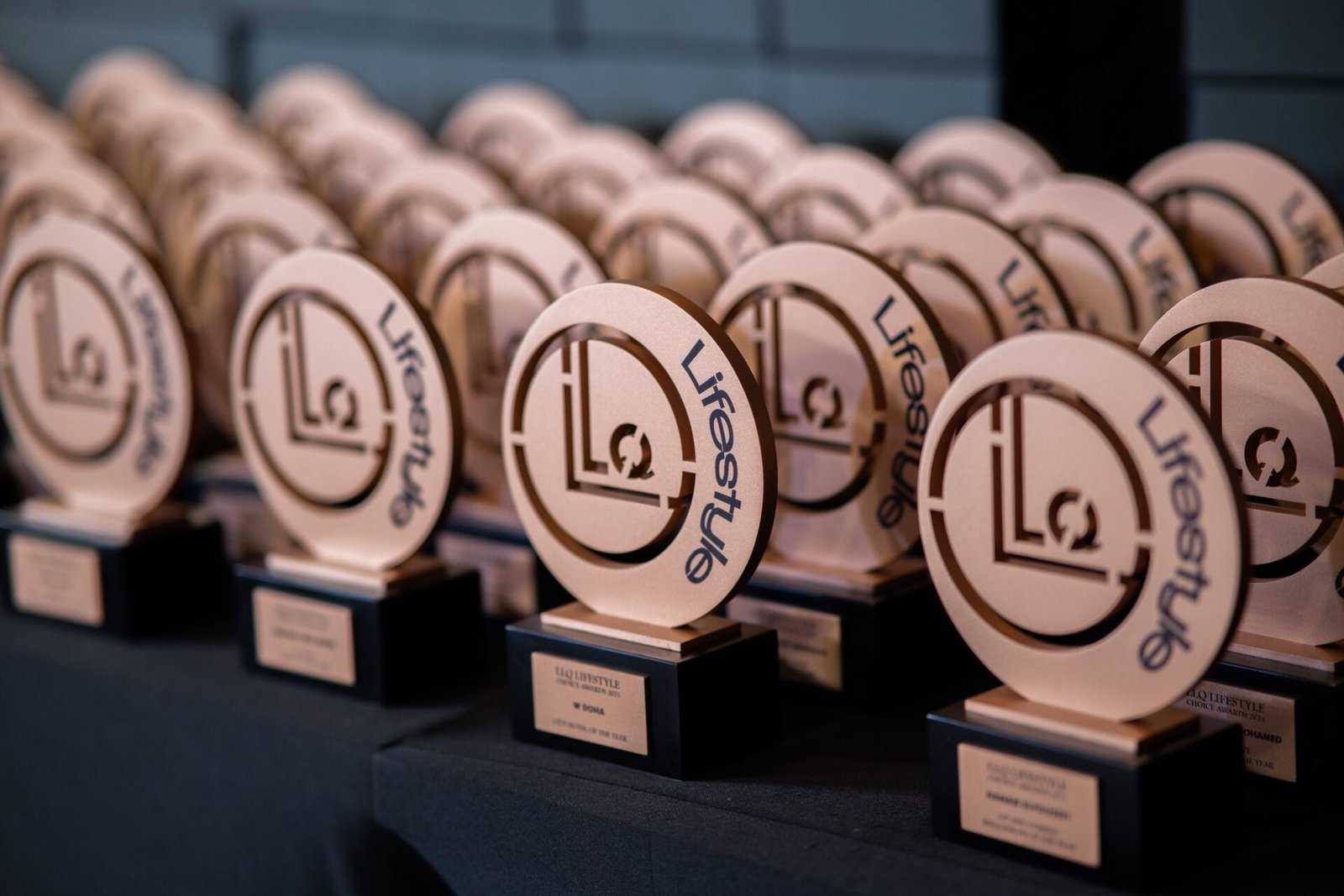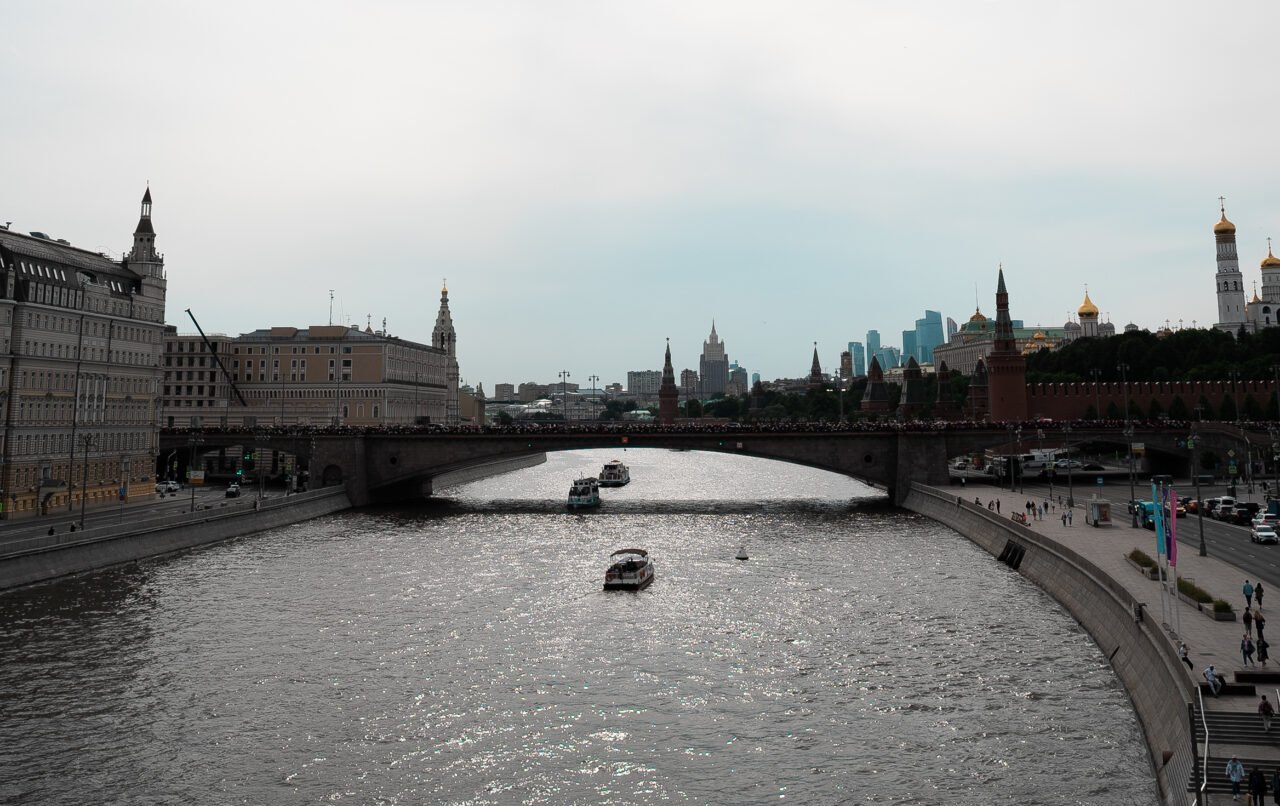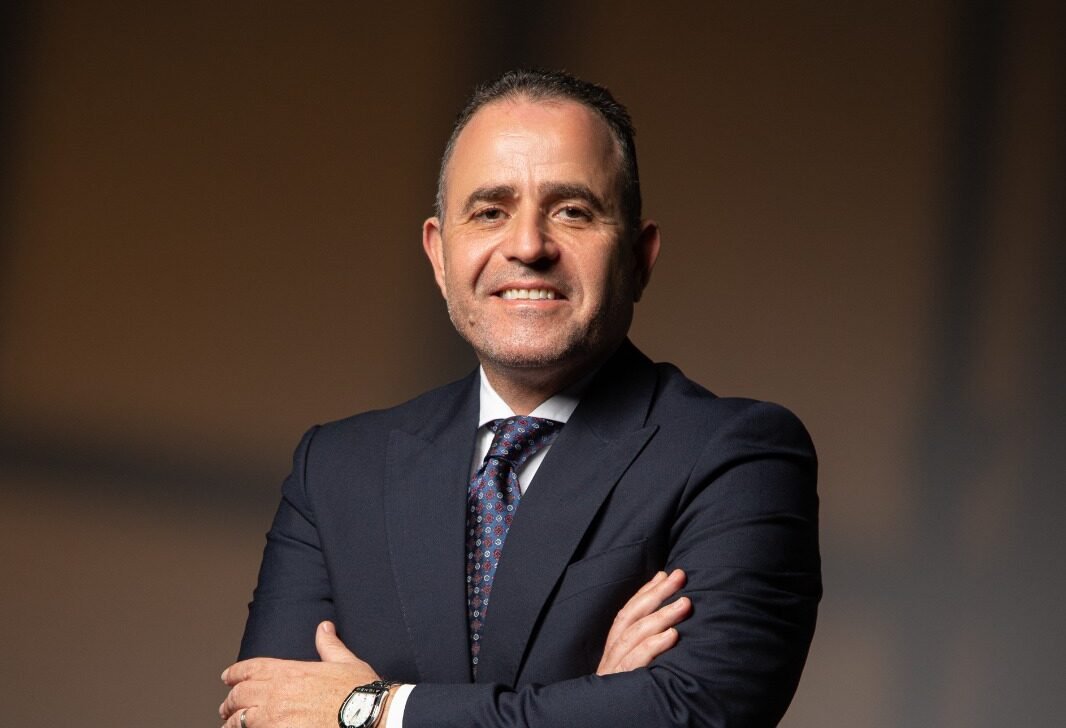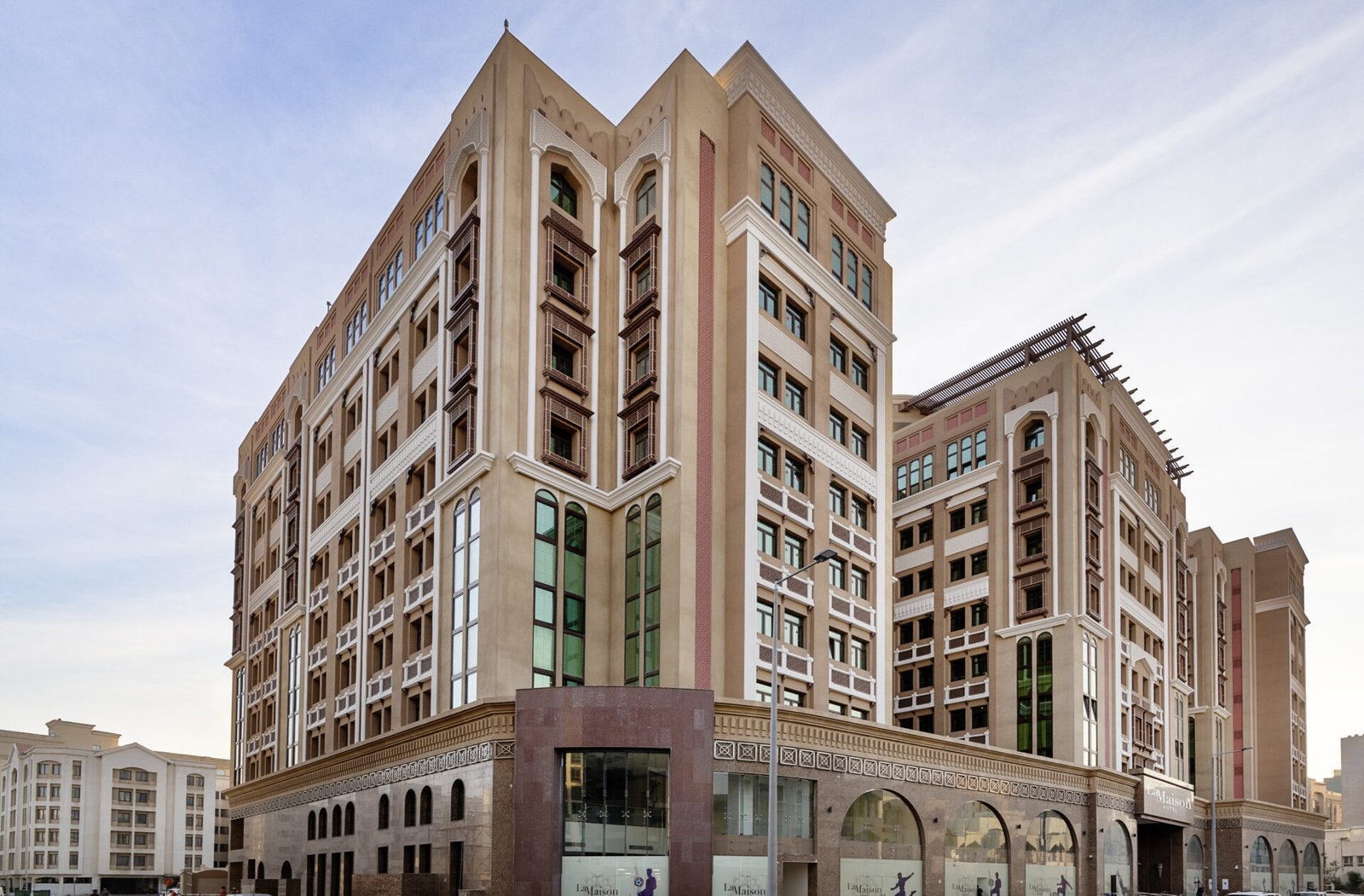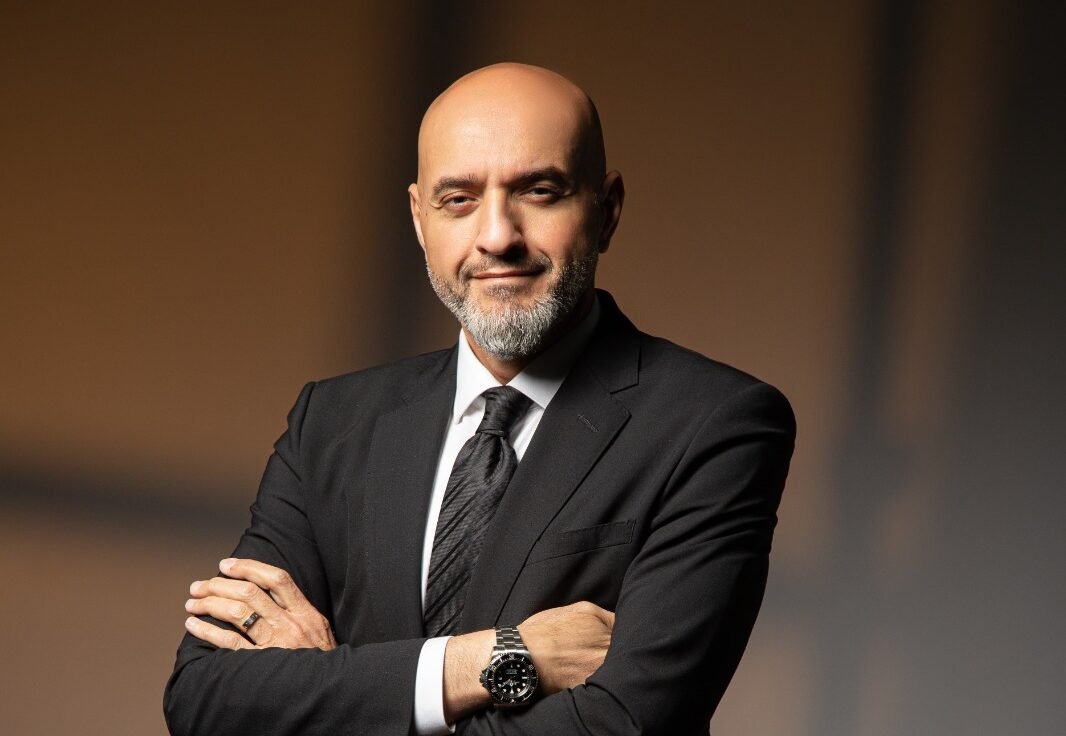The Musée Atelier Audemars Piguet immerses visitors in the Swiss manufacturer’s cultural universe past, present and future. A space of live craft and encounters entwining contemporary architecture, pioneering scenography and traditional savoir-faire, the Musée Atelier Audemars Piguet embodies the Manufacture’s free spirit and devotion to the perpetuation of Haute Horlogerie in the Vallée de Joux and beyond.

In 2014, BIG (Bjarke Ingels Group) won the architectural competition Audemars Piguet hosted to expand its historical premises. The firm designed a contemporary spiral-shaped glass pavilion to complement the company’s oldest building, where Jules Louis Audemars and Edward Auguste Piguet set their workshop, technically a start-up of the old times, in 1875. This architectural combination symbolises the blend of tradition and forward thinking at the heart of Audemars Piguet’s craftsmanship, while honouring its deep-rooted origins in the Vallée de Joux. BIG’s high-concept spiral, seamlessly rising from the ground, offers a pristine setting for the masterpieces of technicity and design which have taken shape, year after year, in this remote valley of the Swiss Jura Mountains.

Traditional workshops, where some of the Manufacture’s most complicated timepieces are still perfected today, have been included in the museum’s spatial experience to bring visitors in close contact with Audemars Piguet’s craftspeople. The Grandes Complications and Métiers d’Art Ateliers, situated at the heart of the spiral, infuse life into the numerous feats of mechanical mastery and design exhibited throughout the museum.

Today, the Musée Atelier Audemars Piguet offers a unique perspective of the Vallée de Joux and of the history of watchmaking—an ambitious architectural and museographical project made possible thanks to the creativity and collaboration of a host of experts, including architects, engineers and local artisans, as well as numerous departments within Audemars Piguet. All individuals involved pushed the limits of their craft to reach new heights. This is just the beginning of an ongoing story, it takes time to create a legacy.

“We wanted visitors to experience our heritage, savoir-faire, cultural origins and openness to the world in a building that would reflect both our rootedness and forward-thinking spirit. But, before all, we wanted to pay tribute to the watchmakers and craftspeople who have made what Audemars Piguet is today, generation after generation.”
Jasmine Audemars, Audemars Piguet’s Chairwoman of the Board of Directors
A VISIT OF
THE MUSÉE ATELIER AUDEMARS PIGUET
200 YEARS OF WATCHMAKING HISTORY
RE-IMAGINED AS A MUSICAL SCORE

The Musée Atelier Audemars Piguet exemplifies the spirit of visionary workmanship the Manufacture has always championed. After briefly retracing the development of watchmaking in the Vallée de Joux, known today as one of the cradles of Swiss complicated watches, the scenography presents Audemars Piguet’s rich legacy through a selection of the brand’s emblematic heritage and contemporary timepieces.

To offer visitors a diverse experience with crescendos, highpoints and contemplative moments, German museum designer ATELIER BRÜCKNER imagined the composition of the exhibition as a musical score. Interludes, including sculptures, automata, kinetic installations and mock-ups of intricate mechnical movements, give life and rhythm to various aspects of horological technique and design. Visitors are also invited to try their hands at some of the ancestral techniques perpetuated by Audemars Piguet’s finishing experts, such as satin brushing and circular graining. The visit culminates at the centre of the spiral with the display of Grandes Complications.

“The Musée Atelier Audemars Piguet is a unique place of discovery, learning and conviviality where knowledge and savoir-faire are passed on to the next generation. The technical complexity of its architecture and scenography connects it to the highly complicated movement of a Grande Complication.”
Sébastian Vivas, Audemars Piguet’s Heritage and Museum Director

HOUSING OVER 300 WATCHES OF EXCEPTION
The showcases spanning over two centuries of history display more than 300 watches, including feats of complication, miniaturisation and unconventional designs. These watches of exception tell the story of how modest nineteenth-century artisans from an isolated valley at the heart of the Swiss Jura produced creations that caught the eye of metropolitan clients abroad and continue to captivate watch enthusiasts today across the world.
The Manufacture’s complicated masterpieces are located at the centre of the spiral, where the architectural intensity is at its highest.
The astronomical, chiming and chronograph complications that have been at the core of Audemars Piguet since its establishment are orbiting around the ultra-complicated Universelle pocket watch from 1899. Inspired by the solar system, the spherical showcases of this section evoke the astronomical cycles of time at the heart of watchmaking.
The watch exhibition ends on a rich collection of Royal Oak, Royal Oak Offshore and Royal Oak Concept.
PAYING TRIBUTE TO GENERATIONS OF HUMAN TALENTS
Complementing the display of complicated timepieces, the Musée Atelier Audemars Piguet showcases the Manufacture’s ancestral savoir-faire through two specialised ateliers situated at the heart of the spiral. The first is dedicated to the Grandes Complications, where each watch composed of more than 648 components spends from 6 to 8 months in the hands of a single watchmaker before leaving the workshop. The second workshop hosts the Métiers d’Art, where Haute Joaillerie creations are conceived and crafted by highly skilled jewellers, gem-setters and engravers. Looking at the past, present and future, these two ateliers, where some of Audemars Piguet’s most intricate creations are still produced today, embody the Manufacture’s uncompromising spirit.
A WINDOW ON THE VALLÉE DE JOUX
AND AUDEMARS PIGUET’S CRAFTSMANSHIP
The Musée Atelier’s spiral-shaped pavilion, designed by BIG and realised by the Swiss architecture office CCHE, seamlessly rises on walls of structural curved glass. A feat of engineering and design, it is the first construction of its kind to be built at such altitude. The curved glazing entirely supports the steel roof, while a brass mesh runs along the external surface to regulate light and temperature. The green roof further helps regulate temperature, while absorbing water.
The spiral has been designed to perfectly integrate the surrounding landscape. The floors follow different slants to adapt to the natural gradient of the land and provide the basis of the museum’s inner layout stretched into a linear continuous spatial experience. Inside, the curved glass walls converge clockwise towards the spiral’s centre, before moving in the opposite direction: visitors travel through the building as they would through the spring of a timepiece.
“Watchmaking like architecture is the art and science of imbuing metals and minerals with energy, movement, intelligence and measure to bring them to life in the form of telling time.”
Bjarke Ingels, BIG Founder and Creative Director
This new contemporary building reflects the Manufacture’s commitment to architectural innovation regarding manufacturing and cultural projects alike. It fulfils the requirements of the Swiss Minergie certification in terms of energy efficiency and high quality construction. The company is also building the new Hôtel des Horlogers in its hometown of Le Brassus, which will open in the summer of 2021—a sustainable, contemporary space at the crossroads of modernity and tradition, once again designed by BIG with CCHE as local partner.
DELVING INTO THE HISTORICAL HOUSE
Connected to the glass spiral, the historical house welcomes visitors into a world of ancient woodwork and stone. It is at the top of this historical building, where natural light abounds, that Jules Louis Audemars and Edward Auguste Piguet set their workshop in 1875.
This renovation project brought together numerous talents from the Vallée de Joux. The Swiss architecture office CCHE worked hand in hand with local artisans and Audemars Piguet Heritage Department to recover the vernacular architecture of the company’s oldest building dating of 1868. The renovation was based on a thorough study of archival materials. Wall-claddings notably present genuine historical wood works from nearby village houses.
This restored building now houses the register room, the archives, the Heritage Department, the Audemars Piguet Foundation, as well as the Restoration Atelier. Thanks to a sensitive design and construction intervention, this Atelier was re-established on the top floor where Audemars Piguet debuted. It is there that a handful of highly specialised watchmakers perpetuate the rare ancestral expertise required to restore antique timepieces to pristine condition. The watchmakers’ benches have been entirely recreated by local artisans committed to preserve traditional craftsmanship.
Visitors will also have the opportunity to discover how the brand lives around the world today through varied immersive exhibitions in the vaulted basement of the historical house.
TAKING ROOTS
The Musée Atelier Audemars Piguet also houses the Audemars Piguet Foundation, which has contributed to forest conservation through environmental protection and youth awareness-raising programmes since 1992. The Foundation is honoured in the museum’s atrium. An amelanchier (Amelanchier rotundifolia) will be planted and housed for a duration of two years in this open space to pay tribute to the Manufacture’s roots in the Vallée de Joux, as well as to the Foundation’s engagement in forest conservation within Switzerland and worldwide. The tree will then be replanted as part of a local project sponsored by the Foundation.
Preserving forests, educating children to the environment, restoring biodiversity and valorising traditional knowledge are the Foundation’s top priorities. Its approach aims to initiate, through the projects funded, a virtuous circle of sustainable development, by and with local communities.
The Board of the Audemars Piguet Foundation is chaired by Mrs. Jasmine Audemars, Audemars Piguet’s Chairwoman of the Board of Directors and daughter of Jacques-Louis Audemars, who initiated the Foundation.
AN ARTISTIC LENS ON AUDEMARS PIGUET’S
LEGACY AND CRAFTSMANSHIP
Furthering the company’s cultural and artistic engagement, the Musée Atelier Audemars Piguet will also be a fitting exhibition venue for some of the travelling artworks created by the Manufacture’s commissioned artists.
Since 2012, Audemars Piguet has fostered a creative dialogue between contemporary art and Haute Horlogerie by commissioning artists to explore its geographic and cultural origins as well as themes including complexity and precision. For the opening of its Musée Atelier, the Manufacture will exhibit commissioned artworks by long-lasting friends of the brand Dan Holdsworth, Quayola and Alexandre Joly, which offer a creative interpretations of Audemars Piguet’s origins in the Vallée de Joux. Dan Holdsworth’s photograph “Vallée de Joux n° 10” from his photographic series The Vallée de Joux and Quayola’s “Remains #A_027” from Remains: Vallée de Joux will be complemented by a multimedia installation by Alexandre Joly. Together, these artworks plunge visitors in the Manufacture’s geographic, cultural and technical universe through the lens of contemporary art.
OUR PARTNERS
BIG-BJARKE INGELS GROUP
BIG is a group of architects, designers, urbanists, landscape professionals, interior and product designers, researchers and inventors based in Copenhagen, New York, London and Barcelona. The office is involved in a large number of projects throughout Europe, North America, Asia and the Middle East. BIG’s architecture emerges out of a careful analysis of how contemporary life constantly evolves and changes due to the influence of multicultural exchange, global economic flows and communication technologies that all together require new ways of architectural and urban organisation. BIG challenges the general perception of sustainability as guided by an idea of a moral code and instead seeks to design cities and buildings as triple ecosystems that are ecologically, economically and socially profitable. They see their projects as opportunities to increase the quality of life and they approach the question of sustainability not as a moral dilemma but as a design challenge.
BIG believes that in order to deal with today’s challenges, architecture should profitably move into a field that has been largely unexplored—a pragmatic utopian architecture that steers clear of the pragmatism of boring boxes and the naïve utopian ideas of digital formalism. BIG creates architecture by mixing conventional ingredients such as living, leisure, working, parking and shopping. By hitting the fertile overlap between pragmatic and utopia, BIG architects find the freedom to change the surface of our planet, to better fit contemporary life forms. — www.big.dk
CCHE
For over a century, CCHE has worked across a variety of domains including urbanism, architecture and interior design, orchestrating a wide scope of tailor-made, refined and contemporary architectural projects, from their conception to their realisation.
CCHE currently counts 13 associates and about 230 employees spread between five offices in Lausanne, Geneva, Nyon, the Vallée de Joux in Switzerland and Porto. For each project, a multi-disciplinary team of architects, project managers, urbanists, designers, construction managers, landscapers, environmental engineers and construction economists working together, is set up to answer clients’ needs and ensure quality details as well as a swift and cost-efficient implementation.
Committed to sustainable development and social responsibility, CCHE was the first architecture office in the French-speaking part of Switzerland to be rewarded with the title of Eco-Entreprise for its sustainable and responsible architectural projects in 2009.
CCHE has collaborated on a variety of international projects with renowned architectural offices, including BIG (Bjarke Ingels Group) and Kengo Kuma, among others. — www.cche.ch
ATELIER BRÜCKNER
ATELIER BRÜCKNER is internationally known for its scenographic work. The studio conceives and designs narrative architecture and spaces for brands, exhibitions, trade fairs and museums. From content and messages, they develop surprising ideas and create memorable concepts that set international standards.
Architects, graphic designers, scientists, stage directors, product designers and media designers all work together to deliver architectural and exhibition concepts with the aim of creating a “Gesamtkunstwerk” that is more than the sum of its parts and is able to entrance visitors by appealing to all of their senses.
The Atelier, based in Stuttgart, Germany and Seoul, South Korea, counts today 120 employees. — www.atelier-brueckner.com/en
A DEDICATED
TIMEPIECE
[RE]MASTERING THE PAST
To celebrate the opening of its Musée Atelier, the Manufacture has created a new take on one of its exceedingly rare chronographs from 1943.
Audemars Piguet’s vintage chronograph wristwatches are among the rarest in the world with only 307 examples made between the 1930s through the 1950s. Named [Re]master01, this new selfwinding flyback chronograph speaks directly to the blend of tradition and forward thinking which continues to permeate Audemars Piguet’s creations. This limited edition of 500 watches evokes all of the design attributes of the original, featuring a round stainless steel case and teardrop lugs enhanced by 18-carat pink gold bezel, crown and pushers. The gold-toned dial is complemented with a blue tachymetric scale, pink gold hour, minutes and seconds hands, as well as blue chronograph hands. The watch comes with a light brown hand-stitched calfskin strap as well as an additional brown alligator strap.
Similarly to the 1943 wristwatch, [Re]master01 features the logo “Audemars Piguet & Co Genève.” From around 1885 to the mid-1970s, the Manufacture had a workshop in Geneva to be closer to end-clients and facilitate distribution within Europe and beyond. When Audemars Piguet started to sign its watches around the 1920s and 30s, the city of Geneva was frequently mentioned on the dial. The Audemars Piguet logo featured on [Re]master01 thus celebrates the Manufacture’s cultural openness to the larger world despite its deep rootedness in the Vallée de Joux.
MOVEMENT SPECIFICATION
Selfwinding Manufacture calibre 4409
Diameter 32 mm (14 lignes)
Thickness 6.82 mm
Number of parts 349
Number of jewels 40
Minimal power reserve guaranteed 70 h
Frequency of balance wheel 4 Hz (28,800 vibrations/hour)
FACT SHEET
THE PROJECT IN NUMBERS
Pavilion’s total surface: 2,500 m2
Exhibition surface: 900 m2
Number of structural glass panes: 108
Load weight supported by glass: about 470 tons
Structural glass’ maximum thickness: 12 cm
Fabrication time for one glass pane: 3 weeks
Location Route de France 18, CH – 1348 Le Brassus
Design architect Bjarke Ingels Group
Local architect CCHE Lausanne SA & CCHE La Vallée SA
Structural engineer Dr. Lüchinger + Meyer Bauingenieure AG
Façade consultant Dr. Lüchinger + Meyer Bauingenieure AG
Façade subconsultant Frener & Reifer
Mechanical engineer Fondation Pierre Chuard Ingénieurs-Conseils SA
Lighting consultant Belzner Holmes Light-Design
Scenography/Exhibition design ATELIER BRÜCKNER GmbH
Book at www.museeatelier-audemarspiguet.com
Media Contact press@audemarspiguet.com
Parking Onsite parking is available
Accessibility Visits are by appointment only
Admission Please book a ticket on the website above
Join the discussion @AudemarsPiguet
Facebook https://www.facebook.com/audemarspiguet
Instagram https://www.instagram.com/audemarspiguet
YouTube https://www.youtube.com/c/audemarspiguet
Twitter https://www.twitter.com/AudemarsPiguet
LinkedIn https://www.linkedin.com/company/audemars-piguet
Weibo https://e.weibo.com/audemarspiguetchina
Youku https://i.youku.com/aptvofficial
#MuseeAtelier #AudemarsPiguet
Image Credits
Courtesy of Audemars Piguet
Diode
Karin Creuzet








